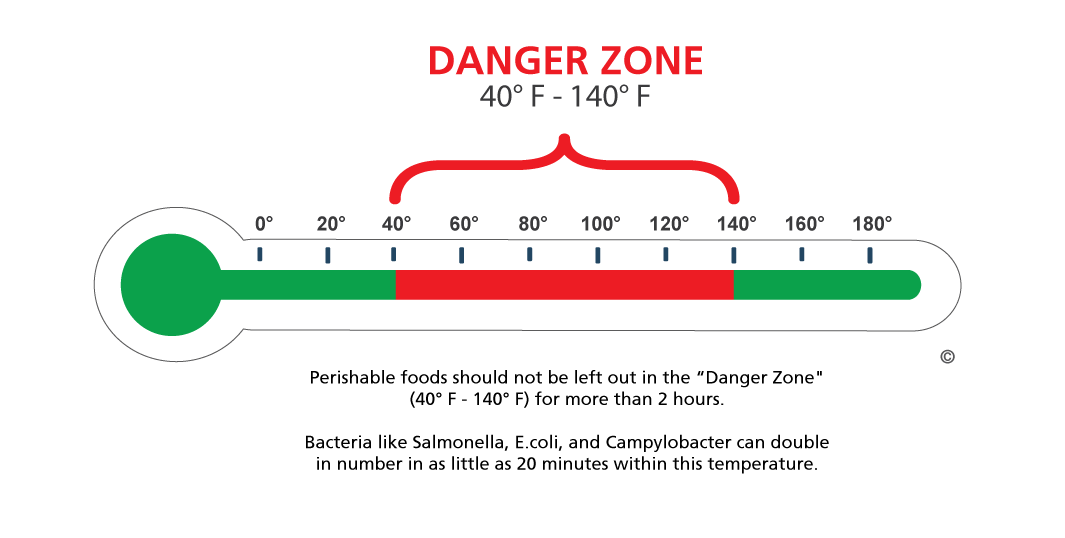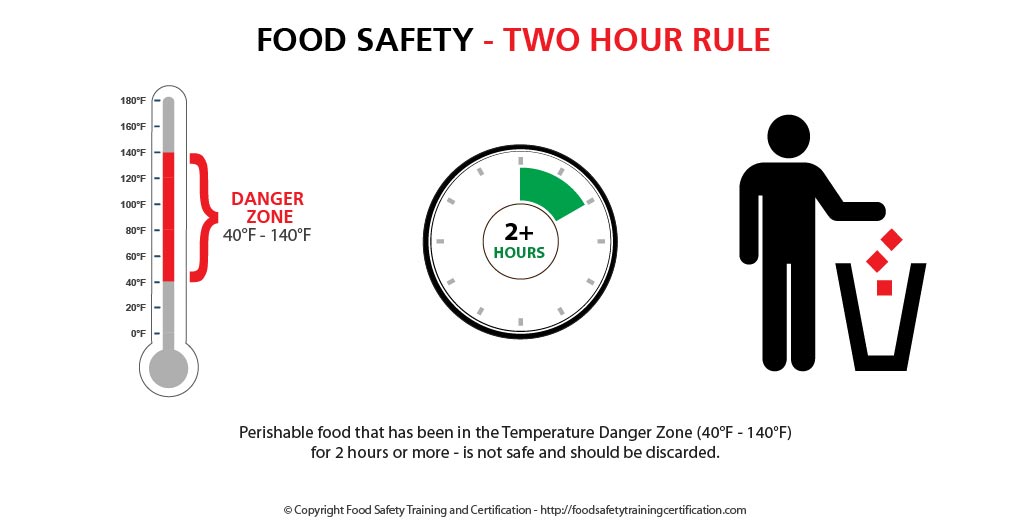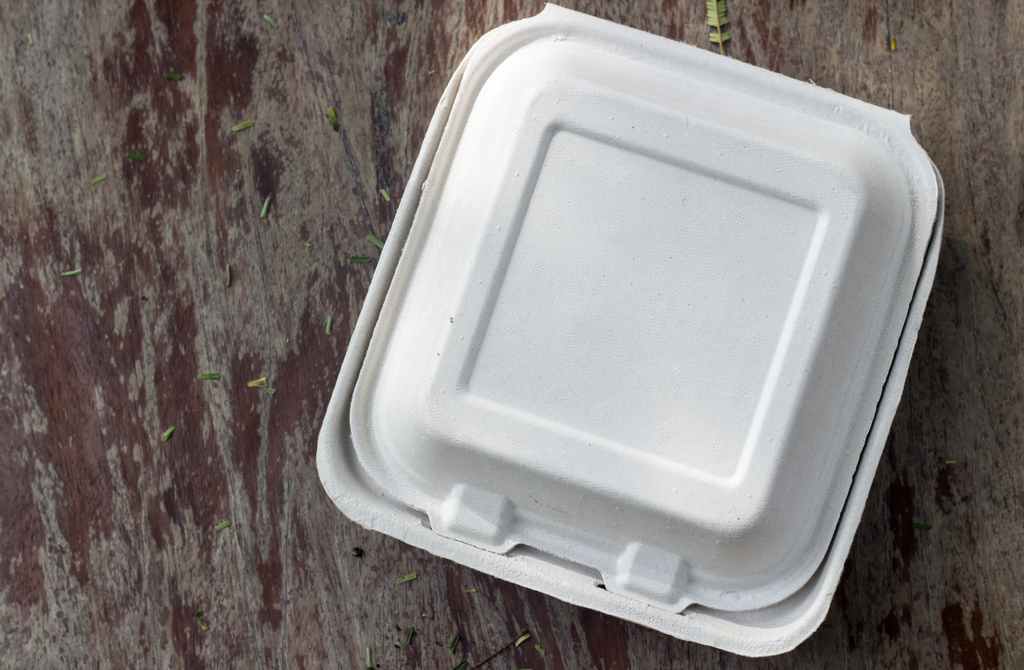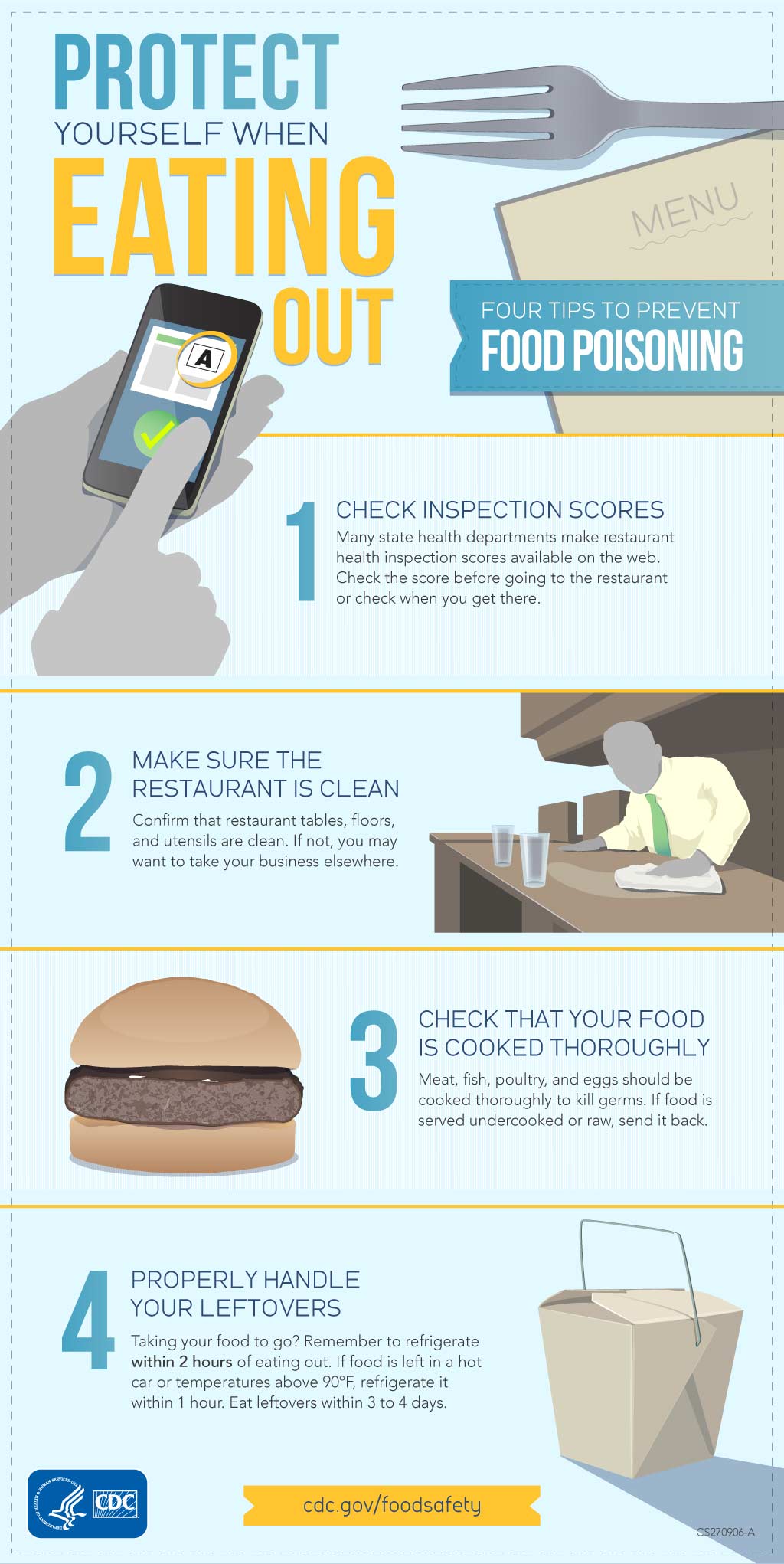Everyone enjoys eating out with friends or family – and nothing can ruin an experience more than a food service operation that has poor sanitation and food safety. So, it is very important to make some basic food safety observations when eating out.
According to the CDC, meals prepared outside of the home are at an increased risk for acquiring foodborne illness – and have been implicated in up to 70% of outbreaks. Most of these incidents are caused by the poor food safety practices of restaurant workers.
Food can get contaminated anywhere – so it’s important to observe food safety practices when dining out – no matter who prepares the meal or where you eat it.
 Image Source: Shutterstock
Image Source: Shutterstock Food Safety Training Essential for Business
- Learn about foodborne pathogens, cross contamination, cold and hot food safety, and best practices to prevent foodborne illness.
- Food Manager ANSI Certification: $99.00 - Valid in all States
- Food Handler Training: Only $7.00!
- 10% OFF: Enter Promo Code "train10off" at Checkout
Food Safety – Temperature Danger Zone
Bacteria grows rapidly between the temperatures of 40°F and 140°F, doubling in number in as little as 20 minutes. This range of temperatures is called the “Danger Zone.”

Food Safety – Two-Hour Rule
The absolute maximum time for leaving prepared foods at room temperature is 2 hours—including time for preparation, serving and eating. Discard any perishable foods left at room temperature longer than 2 hours. If you are eating outdoors at a picnic or cookout where temperatures are over 90°F, discard foods after 1 hour.

Food Safety Observations for Dining Out
Follow some basic food safety observations for dining out:
- Check Inspection Scores
Many state health departments make restaurant health inspection scores available on the web. Check the score before going to the restaurant or check when you get there. - Make Sure the Restaurant Is Clean
Confirm that restaurant tables, floors, and utensils are clean. If not, you may want to take your business elsewhere. - Check That Your Food Is Cooked Thoroughly
Meat, fish, poultry, and eggs should be cooked thoroughly to kill germs. If food is served undercooked or raw, send it back. - Properly Handle Your Leftovers
Taking your food to go? Remember to refrigerate within 2 hours of eating out. If food is left in a hot car or temperatures above 90ºF, refrigerate it within 1 hour. Eat leftovers within 3 to 4 days.
 Image Source: Shutterstock
Image Source: Shutterstock CDC Infographic (Protect Yourself When Eating Out):
- Download: Protect Yourself When Eating Out [PDF]

